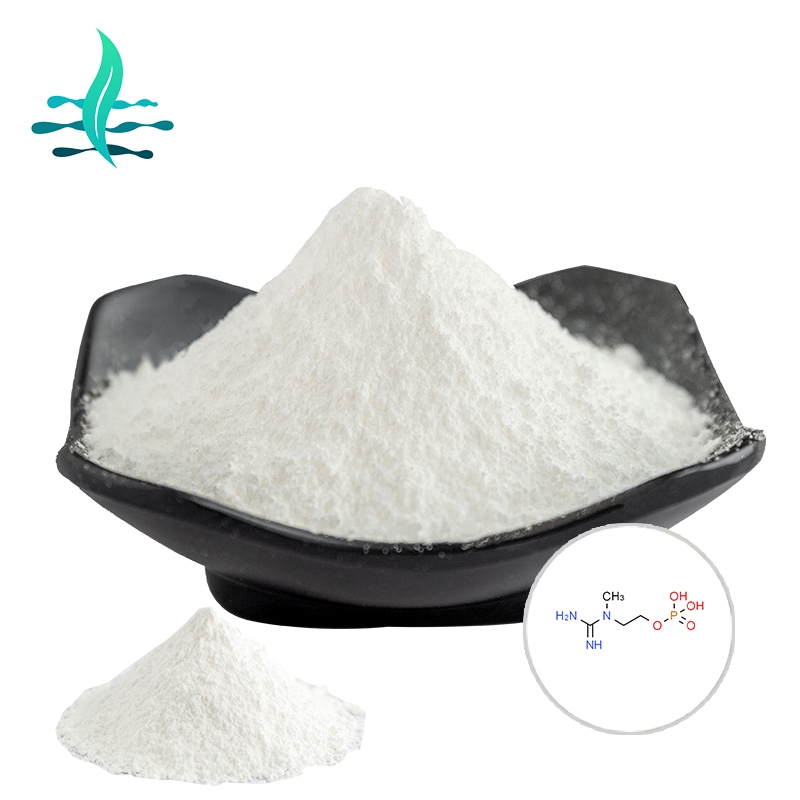-
Categories
-
Pharmaceutical Intermediates
-
Active Pharmaceutical Ingredients
-
Food Additives
- Industrial Coatings
- Agrochemicals
- Dyes and Pigments
- Surfactant
- Flavors and Fragrances
- Chemical Reagents
- Catalyst and Auxiliary
- Natural Products
- Inorganic Chemistry
-
Organic Chemistry
-
Biochemical Engineering
- Analytical Chemistry
- Cosmetic Ingredient
-
Pharmaceutical Intermediates
Promotion
ECHEMI Mall
Wholesale
Weekly Price
Exhibition
News
-
Trade Service
Two-dimensional [
1
H,
13
C] heteronuclear single quantum correlation (HS
QC
) spectroscopy nuclear magnetic resonance (
NMR
) is a comprehensive tool in metabolic flux analysis using
13
C-labeling experiments. NMR is particularly relevant when extensive isotopomer measurements are required, such as for plant cells and tissues, which contain multiple cellular compartments. Several isotope isomers (isotopomers) can be detected and their distribution extracted quantitatively from a single 2-D HSQC NMR spectrum. For example, 2-D HSQC detects the labeling patterns of adjacent carbon atoms and provides the enrichment of individual carbon atoms of the amino acids and glucosyl and mannosyl units present in hydrolysates of glycosylated protein. The HSQC analysis can quantitatively distinguish differences between the glucosyl units in the starch hydrolysate and a protein hydrolysate of plant biomass: this specifies crucial information about compartmentalization in the plant system. The peak structures obtained from the HSQC experiment show multiplet patterns that are directly related to the isotopomer abundances. These abundances have a nonlinear relationship to the fluxes via isotopomer balancing. Fluxes are obtained from the numerical solution of these balances and a stoichiometric model that includes biomass composition data as well as consumption rates of carbohydrate and nitrogen sources. Herein, we describe the methods for the experimental measurements for flux analysis, i.e., determination of the biomass composition (lipid, protein, soluble sugar, and starch) as well as detailed procedures of acid hydrolysis of protein and starch samples and NMR sample preparation, using soybean embryo culture as the model plant system. Techniques to obtain the relative intensity of 16 amino acids and glucosyl units for protein hydrolysate and the glucosyl units of starch hydrolysate of soybean embryos in 2-D HSQC NMR spectra also are provided.







